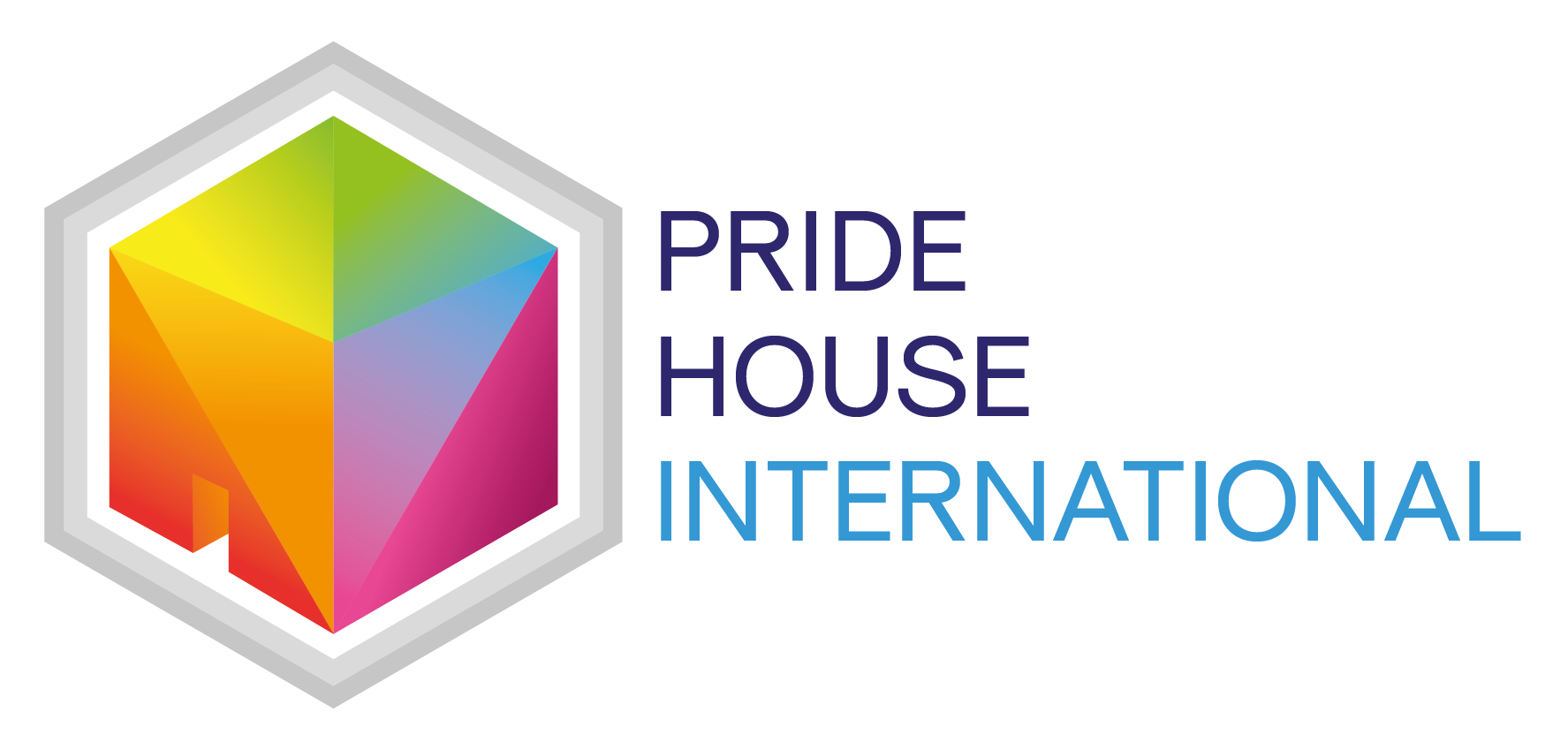The Pride House concept grew out of the hospitality house tradition found in the Olympic and Paralympic Games.
Over the past several decades, hospitality houses have become an integral part of the Olympic and Paralympic Games. Typically organized around nationality or culture, these spaces--which may be inside or outside the official athlete's village--provide a base for supporters and athletes to enjoy the event.
LGBTIQ+ people have traditionally been pushed to the margins of sport. Negative stereotypes, the threat of real and perceived consequences for living openly, and an exclusionary or hostile culture have made sport unwelcoming. And the problem is not just athletics. During large-scale international events, there is the possibility to connect with people from different cultures and backgrounds, to learn empathy and experience diversity, and to share a common appreciation for excellence. When LGBTIQ+ people are excluded, LGBTIQ+ culture is also excluded.
What is a Pride House?
Modeled after a traditional Olympic hospitality house, Pride House is a venue* welcoming LGBTIQ+ athletes, fans, and their allies during large-scale international sporting events. Typically, they are welcoming places to view the competitions, experience the event with others, learn about LGBTIQ+ sport and homophobia in sport, and build a relationship with mainstream sport.
* In some instances, due to hostile governments or other restrictions, Pride Houses have had to take different forms or shapes. During the 2014 Sochi Winter Olympic Games, for example, the request to hold a Pride House in Russia was explicitly denied. Instead, international supporters held "remote" Pride Houses in solidarity with Russian LGBTIQ+ people, and the Russian LGBT Sport Federation hosted the Open Games.
The Pride House Movement
The first Pride House took place during the 2010 Winter Olympic and Paralympic Games in Vancouver + Whistler. Imagined and delivered by a core of individuals and local community groups, Pride House Vancouver + Whistler succeeded in establishing two pavilions, one in Vancouver and one in Whistler, as well as doing educational outreach in the communities.
In 2012, Pride House came to Europe, first for the Eurocup in Poland + Ukraine, and again shortly after for the London Summer Olympics. The following two years were crucial. Athletes with semi-pro and professional careers began to come out of the closet in large numbers in the United Kingdom and the United States, and media were finally locked onto the issue. By the summer of 2013, when Russia passed its "anti-gay" law, the issue of homophobia (and to a lesser extent, transphobia) was emerging in the mainstream press.
In preparation for the 2014 Sochi Winter Olympic and Paralympic Games, numerous individuals and organizations began to conference around the idea of Pride House, focusing on the situation in Russia. Recognizing their collective power and the utility of the Pride House concept, these groups formed Pride House International, a coalition of LGBT sport and human rights groups, including participants in past and future Pride Houses, united to promote the cause of equality in and by sport and the creation of Pride Houses at international sporting events.
In the wake of Sochi, Pride House capitalized on its momentum. A group in Sao Paulo delivered programming during the 2014 World Cup, and there was a strong (and ultimately award-winning) Pride House at the Commonwealth Games in Glasgow.
The following year, Toronto held the largest and longest Pride House to date, offering free programming for the entire two weeks of the Panam/Parapanam Games. Directly after, Vancouver hosted its second Pride House, this time for the FIFA Women's World Cup.
With several international Pride Houses already in the planning stages, this movement shows no sign of slowing down.
